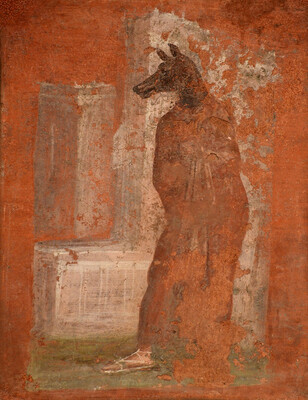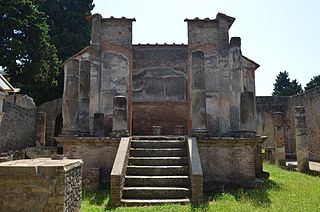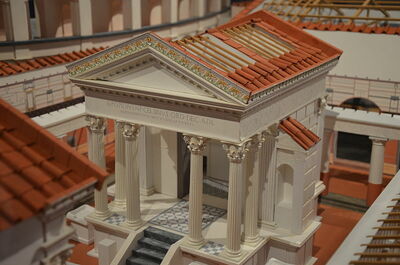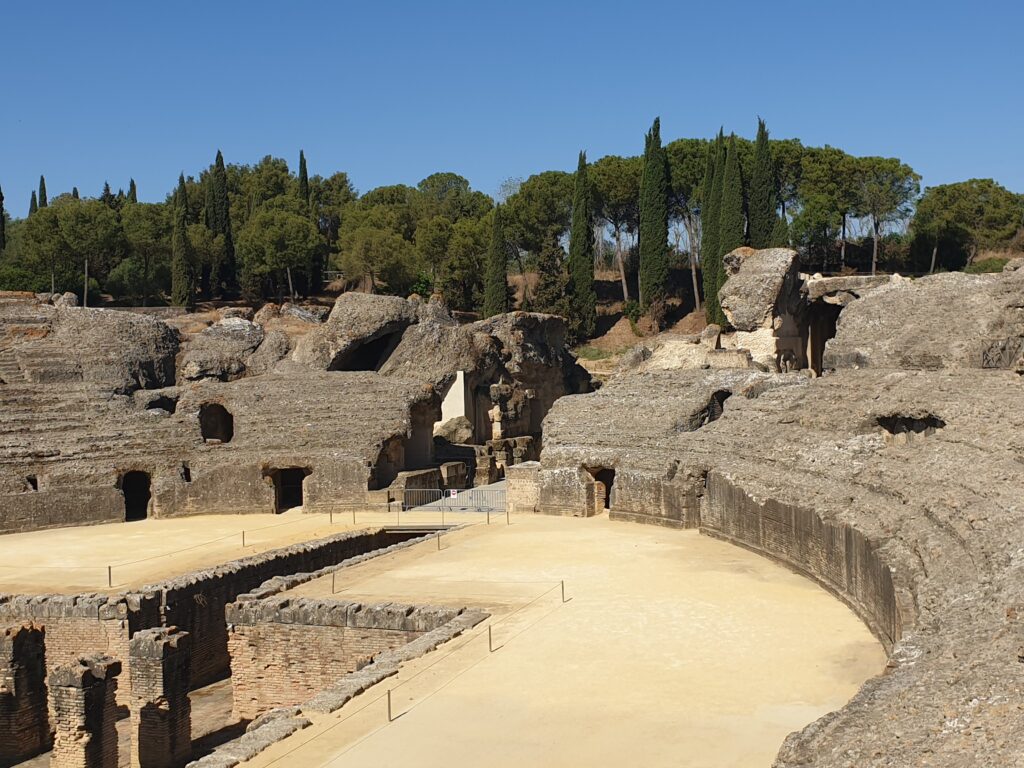The cult of Isis and ancient Rome.
The below image is a bit of a curious one. Halloween fancy dress or lycanthrope in casual attire? The answer is less fun but much more revealing, it’s a priest of official wearing a mask of Anubis. This jackal-headed deity belonged to the Egyptian pantheon, but this fresco was found far from the shores of Egypt or the Nile. Instead it belonged to a number of frescoes located at a temple of Isis in Pompeii.

Isis was the sister wife of Osiris, their relationship rudely interrupted when Osiris was dismembered by the god Set. Isis, with the help of Anubis, located the body parts of Osiris and reassembled them. Her associations were various but this myth placed her in the realm of the healer as well as that of the dead (her act of reattaching being seen as the prototype of mummification). Perhaps in this context we can find the link between Anubis and Isis and the rationale for his depiction on the fresco.
Several frescoes were found in a room of the temple, and underlines how the building was vibrant and functional. This wasn’t a dour whitewashed structure which is often how things are portrayed in antiquity.
What brought Isis here?
Exactly how a temple to Isis came to reside in Pompeii is in part due to the rise of Isis after the Greeks came to rule Egypt in the Hellenistic period. She was a deity who found traction on previously foreign soils. This provided something of a concern to the emerging Roman state. Though it initially encouraged the cult the emperor Augustus pushed back against its rise at Rome.


Exactly when the temple was built is difficult to pinpoint, the main issue being that the temple was rebuilt in AD62 after the earthquake at Pompeii. It’s likely that the cult was in place as early as the 2nd century BC, so perhaps at that point the original was built. The fact that it was in good condition prior to the eruption of Vesuvius in AD79 indicates that it was both needed and important. Other buildings in Pompeii (such as one set of baths) were still damaged when the city met its end. This temple, however, must have been in use on that fateful day.
It was first excavated in 1764 and a few years later a young Mozart visited it with his father. It left an impression on the young genius to the extent that the opening scenes of the Magic Flute were influenced by it when it debuted in 1791.


